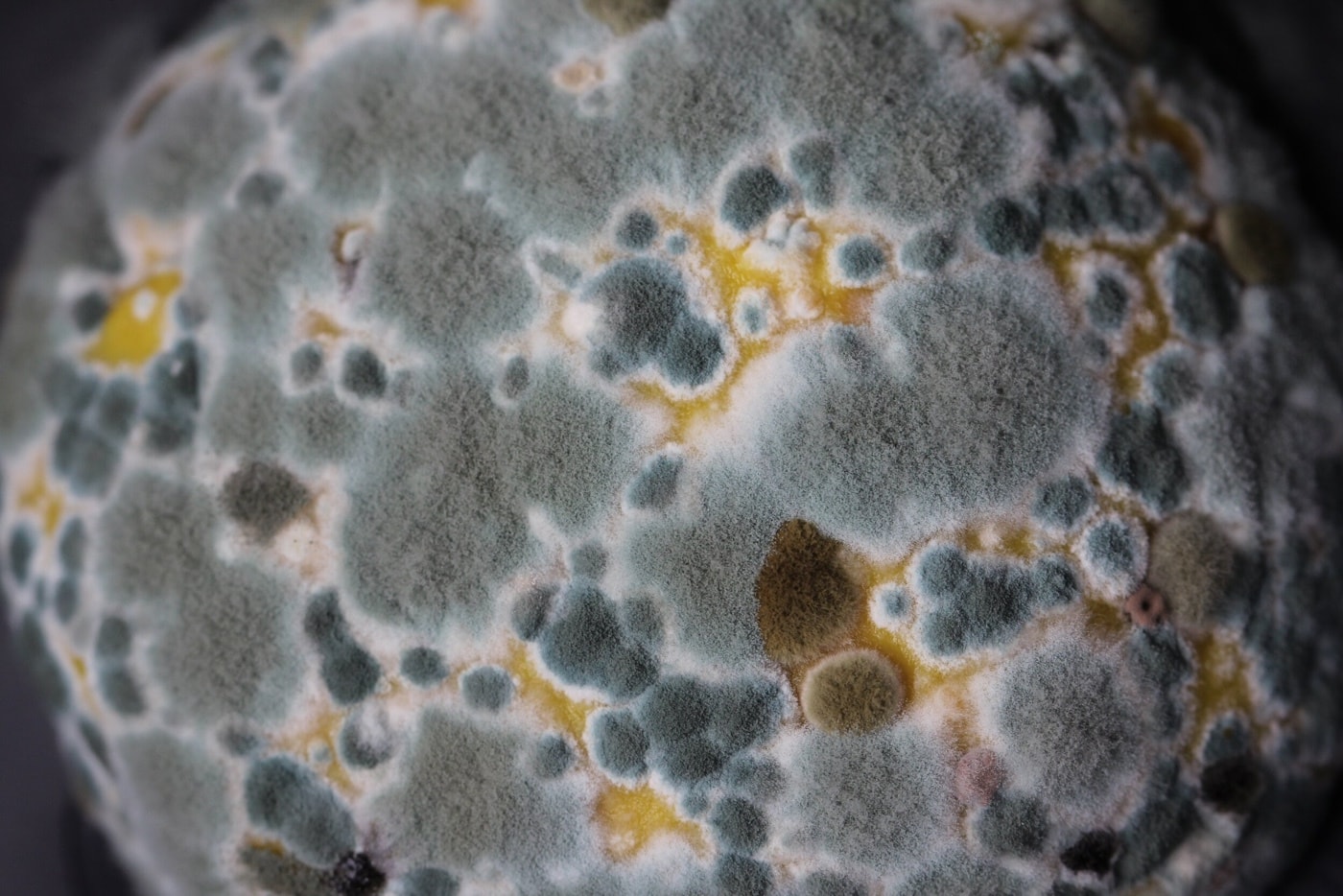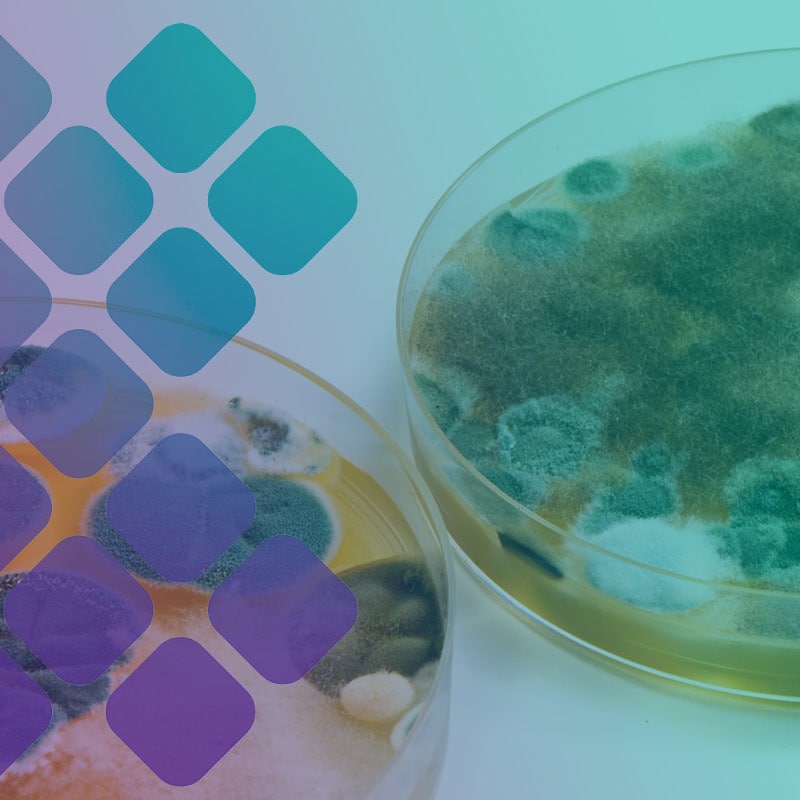Comprehensive Solutions for Your Mycotoxin testing Services Requirements
Comprehensive Solutions for Your Mycotoxin testing Services Requirements
Blog Article
Ensuring Conformity With Regulations: the Function of Mycotoxin Examining in Top Quality Control
Making sure conformity with rigorous policies is critical for preserving food safety, and the duty of mycotoxin screening in quality assurance can not be overemphasized. Mycotoxins, harmful compounds created by particular mold and mildews, position considerable health risks, making their discovery crucial in food production. Adherence to regulatory criteria, such as those set by the FDA and EU, calls for robust screening techniques and technologies to recognize and evaluate these impurities. By carrying out extensive testing procedures, companies can protect against prospective wellness dilemmas, prevent costly recalls, and preserve customer trust. The complexities of these screening processes increase vital inquiries about their efficiency and performance.
Comprehending Mycotoxins
Recognizing mycotoxins is fundamental to guaranteeing the high quality and safety and security of agricultural products. Mycotoxins are hazardous additional metabolites generated by certain types of fungi, frequently located in foodstuffs such as nuts, grains, and flavors. These substances can emerge at different phases of the food manufacturing procedure, from pre-harvest to storage space, and present significant health and wellness threats to both human beings and animals (Mycotoxin testing Services). One of the most notorious mycotoxins consist of aflatoxins, fumonisins, trichothecenes, and ochratoxins, each related to specific environmental problems and fungal species.
The visibility of mycotoxins in food products can lead to acute and persistent wellness issues, consisting of liver damages, immune suppression, and carcinogenic results. By recognizing the sources, kinds, and results of mycotoxins, stakeholders in the farming sector can much better carry out preventative procedures and minimize dangers, making certain much safer intake for end-users.
Regulatory Standards for Mycotoxins
Having established a foundational understanding of mycotoxins and their impact on food safety and security, it is crucial to assess the governing requirements regulating their visibility in farming items. Regulative requirements for mycotoxins are important since they define acceptable restrictions, guaranteeing food safety and safeguarding public health. Different international and nationwide firms have actually set these restrictions based upon thorough threat evaluations.
The Codex Alimentarius Commission, a worldwide body established by the FAO and that, gives standards and maximum allowable degrees for various mycotoxins in food and feed. The Codex has set limitations for aflatoxins in peanuts, maize, and dried figs, among various other products. These criteria are frequently adopted or adjusted by private nations to fit their details requirements.
In the European Union, Policy (EC) No 1881/2006 specifies optimum levels for a number of mycotoxins, such as aflatoxins, ochratoxin A, and deoxynivalenol, in various food. The United State Food and Medicine Administration (FDA) has actually established activity degrees for mycotoxins like aflatoxins in products such as nuts and grains.
Adherence to these governing standards is crucial for maintaining market gain access to, customer count on, and public health and wellness. Non-compliance can result in substantial economic losses and wellness risks, underscoring the importance of rigorous mycotoxin testing procedures.
Checking Methods and Technologies

ELISA is widely valued for its economical and rapid testing capabilities, making it perfect for high-throughput environments. It relies upon antibodies to find specific mycotoxins, giving lead to a reasonably short time structure. Its level of sensitivity may be restricted contrasted to much more sophisticated strategies.
HPLC, on the other hand, masters giving measurable evaluation with high precision and precision. navigate to these guys It divides intricate mixtures right into individual elements, making it extremely effective for determining and evaluating multiple mycotoxins all at once - Mycotoxin testing Services. This method, while more resource-intensive and taxing than ELISA, offers a greater level of reliability

LC-MS stands for the pinnacle of logical uniqueness and level of sensitivity. Combining the separation power of liquid chromatography with the detection capabilities of mass spectrometry, LC-MS can spot even trace levels of mycotoxins. This method is essential for confirming the presence of mycotoxins in forensic and regulative contexts, guaranteeing compliance with stringent safety and security standards.
Implementing Testing Methods

Incorporating these advanced screening methods right into an extensive high quality control framework demands a well-structured method to applying screening methods. To achieve this, organizations should initially carry out a thorough threat evaluation to determine prospective mycotoxin contamination points within the supply chain. This evaluation informs the growth of a customized screening method that resolves particular susceptabilities.
Following, developing standard sampling procedures is vital. Regular tasting makes certain that examination outcomes are trustworthy and rep of the whole batch (Mycotoxin testing Services). Complying with guidelines from regulatory bodies, such as the FDA or EFSA, helps keep conformity and improves the credibility of the testing procedure
Educating workers is one more crucial part. Team needs to excel in both example collection and the procedure of testing devices. Regular training sessions and accreditation programs can make certain that employee stay upgraded with the most recent methods and governing adjustments.
Advantages of Mycotoxin Testing
Mycotoxin screening more helpful hints provides countless benefits that substantially improve the security and quality of food and feed products. Primarily, it acts as a vital control action to protect against infected goods from getting to the consumer market, thereby protecting public wellness. By identifying and quantifying mycotoxins such as fumonisins, aflatoxins, and ochratoxins, manufacturers can ensure that their items fulfill stringent governing criteria, hence preventing possible lawful effects and connected prices.
Additionally, mycotoxin testing adds to the financial viability of food and feed industries by reducing the danger of massive item recalls. The ability to separate and spot polluted sets early in the production procedure lowers waste and stops the financial losses linked with broken brand track record. In addition, it fosters consumer trust fund and loyalty, as clients are increasingly familiar with food security issues and need better standards.
The application of routine mycotoxin screening also promotes best techniques within agricultural and manufacturing industries. By sticking to strenuous screening protocols, business can enhance their high quality control processes, improve operational effectiveness, and make sure the consistent manufacturing of safe, top notch products. In final thought, the benefits of mycotoxin screening are multifaceted, adding to learn the facts here now public health and wellness, economic security, and industry honesty.
Verdict
Mycotoxin screening is essential in guaranteeing conformity with regulative standards, thereby preserving food security and high quality control. Thus, mycotoxin screening continues to be a crucial part of modern food safety and security monitoring systems.
Making sure compliance with rigorous laws is paramount for maintaining food security, and the role of mycotoxin testing in top quality control can not be overemphasized.In the realm of mycotoxin testing, advanced technologies and techniques are critical in making certain food safety and security and regulative conformity.Mycotoxin testing offers many advantages that considerably improve the safety and top quality of food and feed products.Mycotoxin testing is essential in making sure conformity with regulative criteria, consequently maintaining food safety and quality control. Hence, mycotoxin screening stays a vital part of contemporary food security management systems.
Report this page